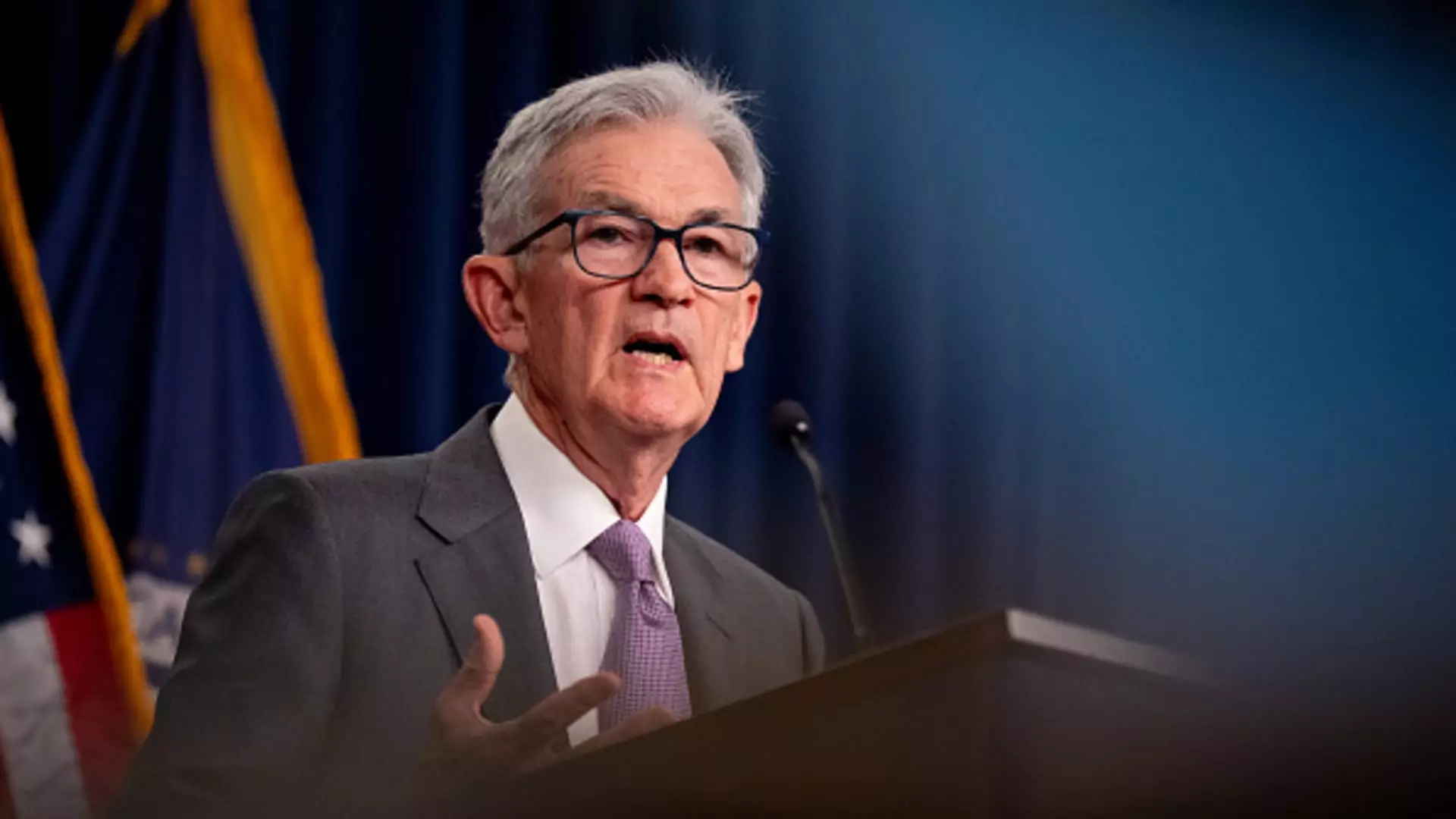Federal Reserve Chair Jerome Powell recently addressed the looming possibility of interest rate cuts in the near future at the Fed’s annual retreat in Jackson Hole, Wyoming. Powell emphasized the need for policy adjustments, signaling a shift in direction for the central bank. Despite acknowledging the challenges ahead, Powell refrained from providing specific details regarding the timing and extent of these rate cuts. The uncertainty surrounding the Fed’s next move has left markets eagerly anticipating further guidance.
In his address, Powell reflected on the factors that led to aggressive rate hikes between March 2022 and July 2023, primarily driven by concerns over inflation. However, with inflation showing signs of moderation and the labor market stabilizing, Powell emphasized the Fed’s commitment to maintaining a balance between price stability and full employment. He assured that efforts would be made to sustain a strong labor market while addressing inflation concerns.
Following Powell’s speech, stock markets rallied, and Treasury yields experienced a sharp decline, reflecting the positive reception to his remarks. Traders are currently pricing in a high probability of at least a quarter percentage point rate cut in September, with some even speculating on the potential for a larger reduction. Economist Paul McCulley described Powell’s address as a closing chapter focused on inflation, signaling a shift in focus towards employment and economic stability.
Despite inflation still hovering above the Fed’s target of 2%, recent data suggests a gradual decline in inflation rates. Furthermore, the unemployment rate has slightly increased, attributed to more individuals entering the workforce. Powell clarified that while progress has been made, the Fed’s objective of restoring price stability while supporting a robust labor market is still a work in progress.
While market expectations for rate cuts in September are high, Powell refrained from specifying when this policy adjustment would take effect. The minutes from the July open market committee meeting indicated a general consensus among officials for a September cut, pending no unexpected data outcomes. Powell’s cautious approach and dovish stance indicate a readiness to act if needed, aiming for policy flexibility in response to evolving economic conditions.
Powell delved into the factors behind the surge in inflation, tracing it back to a combination of global demand shocks and supply chain disruptions. The Fed’s decision to hike rates was a response to this inflationary pressure, which ultimately contributed to easing price pressures without triggering a recession. Powell highlighted the importance of well-anchored inflation expectations and proactive central bank actions in managing inflationary risks.
Powell’s remarks shed light on the Fed’s evolving approach towards interest rate policy, emphasizing the importance of balancing inflation concerns with economic stability. While uncertainties remain regarding the timing of rate cuts and the overall economic outlook, Powell’s cautious optimism and commitment to data-driven decision-making signal a proactive stance in navigating the complexities of the current economic landscape. As investors and policymakers await further developments, the Fed’s ability to adapt and respond to changing dynamics will be crucial in shaping future monetary policy decisions.


Leave a Reply